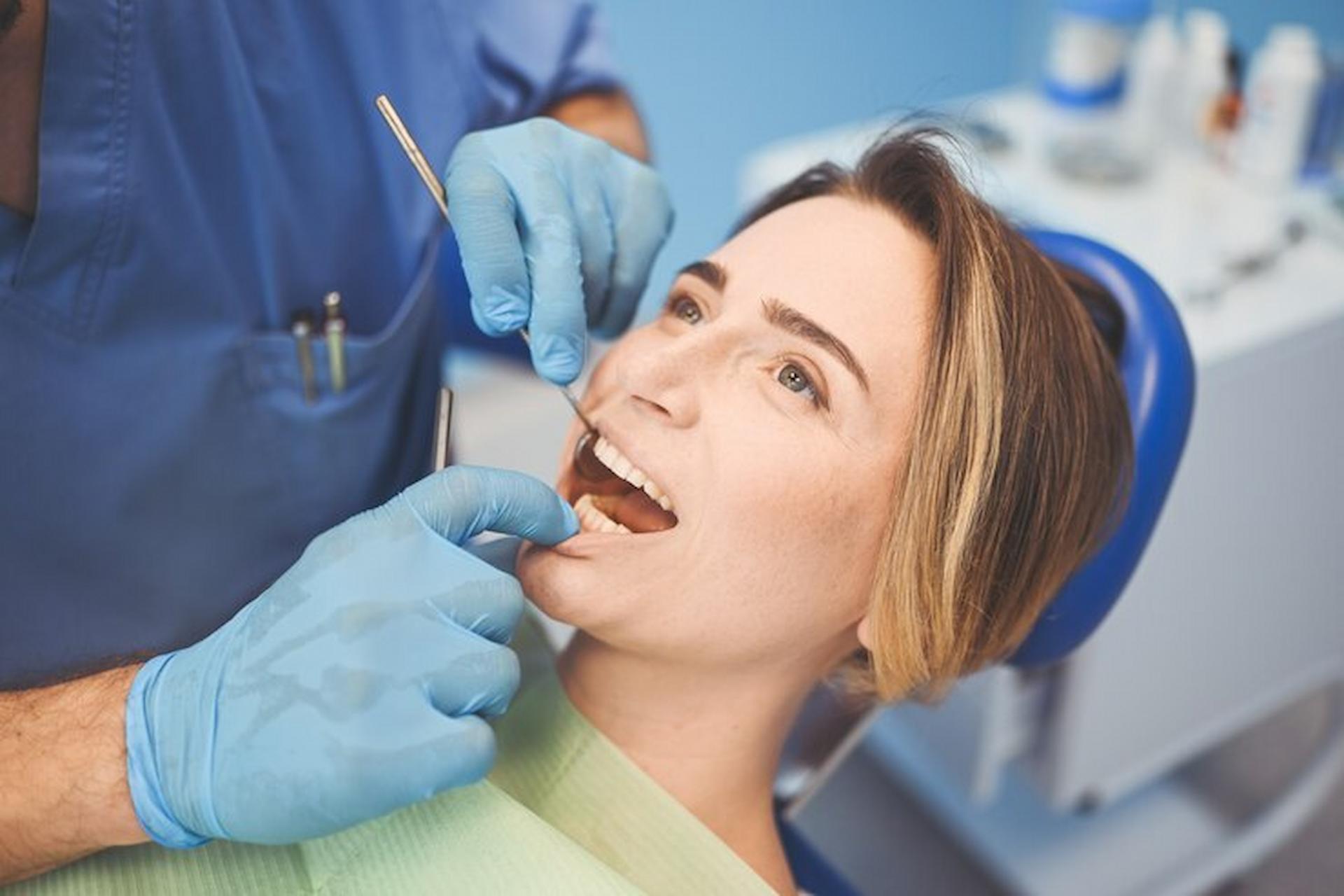Cosmetic dentistry combines the need for structural integrity and oral health with a desire for a straight, white smile.
The rise in cosmetic dentistry means that a picture-perfect smile has never been easier to achieve – and as such, has never been quite so in demand as it is today. Having said that, there are some treatments that fall under the cosmetic heading that clients don’t fully understand.
Here is a beginner’s guide to three of the most popular treatments, to help you understand what they involve and who they are for.
1. A guide to veneers
A veneer is essentially a makeshift tooth cover which slots over your existing tooth, creating a new surface and shape without needing to remove or replace the natural tooth underneath.
Consider it a brand-new surface which plasters over discolouration, cracks, chips and other imperfections, so that you can benefit from the look of a brand-new tooth but with a less invasive and much cheaper treatment than full implants.
Note: Veneers cannot completely fix misaligned teeth as the veneer is simply a cover for an existing tooth.
2. Does tooth whitening really last?
There is a range of different tooth whitening solutions available, with options including DIY and at-home kits as well as professional services available via your cosmetic dentist.
While there are some kits that may brighten your teeth to an extent after use, the majority of DIY options are nowhere near potent enough to have a real impact on the colour or look of your teeth. What’s more, professional teeth whitening is known to last much longer in terms of results, combining an effective bleaching component with a direct laser beam which activates the ingredients and cuts through stains on the teeth.
Teeth whitening is an incredibly efficient and effective way to improve your smile and is fast becoming one of the most desirable cosmetic treatments as a result.
3. What is composite bonding?
Composite bonding is one of the more intricate dental treatments, which is used to treat minor damage to the surface of the tooth by rebuilding broken edges, cracks and chips. It can also be used as an alternative to laser teeth whitening, creating a new surface, particularly on discoloured edges around the bottom edge and between the teeth.
This bonding is essentially a special resin which is coated into the tooth to plug cracks and heal cracks, hardening and forming a new edge. It is then moulded into the right shape, making it an efficient but effective way to refresh your smile.
Note: Composite bonding is not as long-lasting as veneers, with a standard shelf life of around 5-8 years depending on your level and quality of aftercare.
To find out more about these and other cosmetic dental procedures, don’t hesitate to get in touch with your local Essex dentist.





